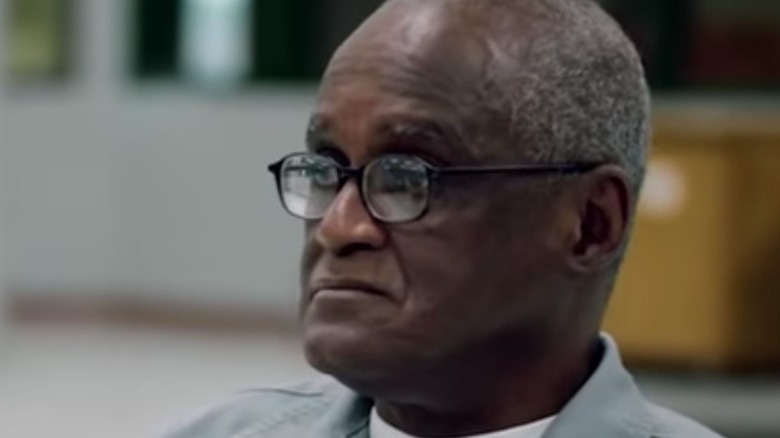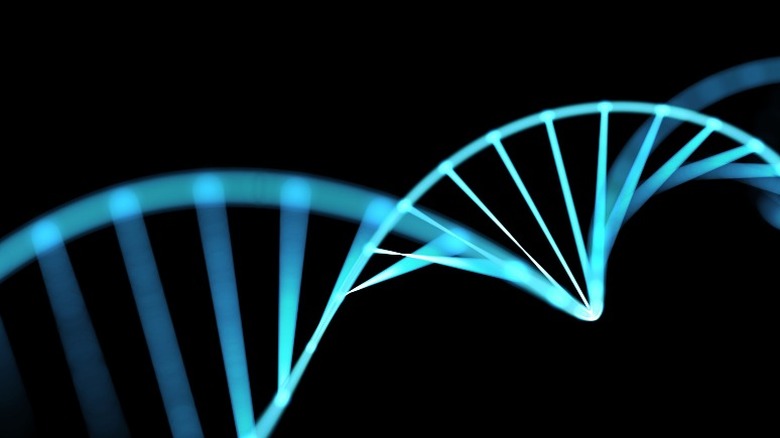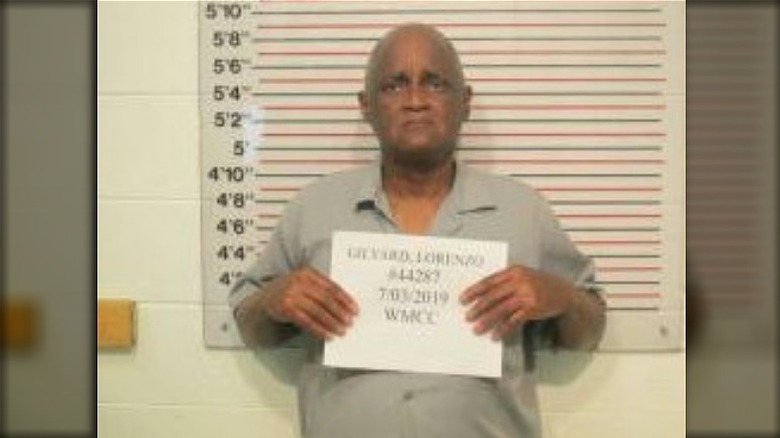This Is How The Kansas City Strangler Was Eventually Caught
Some killers will evade capture for decades, even though they have left a trail of clues in the wake of their crimes. As DNA evidence is relatively new as a tool for determining someone's involvement in a crime, it's really not a surprise that there are numerous unsolved murders still collecting dust in cold case files across the nation's police departments.
With newer technology and the ability to access a nationwide DNA database, law enforcement has been making progress in solving notorious crimes that most people aside from victims' families have long forgotten. Whether it was the eventual arrest and conviction of a nationally known serial murderer like the Golden State Killer, or clues that gave a family justice in lesser-known cases like the murder of Minerliz Soriano, cold cases are finally being able to be solved and give families closure.
Over 15 years, a string of unsolved homicides had left a pile of such cases on the desks of Kansas City detectives. One of the victims was Sheila Ingold, a sex worker whose murder led to the questioning of one suspect shortly after her body was found in 1987. His name was Lorenzo Gilyard. Though he wasn't charged due to a lack of sufficient evidence, police were able to get a blood sample from him. Little did they know at the time that in the future, this sample would link this suspect to more than a dozen murders of women in Kansas City (per NBC News).
A federal grant helped open up cold cases in Kansas City
As more dust gathered on unsolved cases, investigators finally received the break that they needed. According to the Los Angeles Times, a multi-million dollar grant from the federal government in 2001 helped the Kansas City Police department gain access to DNA testing. That technology was applied to a backlog of cold cases.
While the science behind DNA wasn't as advanced in the 1970s and 1980s, investigators still took hair, blood, and samples of other bodily fluids from crime scenes when they could. And as they began to re-open unsolved murder cases one by one, they recognized a pattern in many of them. Twelve different murder victims had the DNA of one man on them. That man was Lorenzo Gilyard.
Using the DNA from the blood sample that he provided authorities with back in 1987, investigators were able to link him directly to all twelve victims. All it took was DNA technology getting more advanced, a sizable grant from the federal government to fund the detective work, and the perseverance of the Kansas City police department. Confident of the case they had built against Gilyard with the DNA evidence, they got a warrant for his arrest and charged him for murder.
Gilyard denies he is a killer
Though investigators believed that Gilyard was responsible for the murders of 12 women, they put their best cases forward with the forensic DNA evidence that they had and only formally charged him with seven. Gilyard was able to avoid the death penalty as a possible sentence when he made an agreement with prosecutors before the trial. The New York Times reported that this deal was for Gilyard to forgo most of his rights to appeal (should he be convicted) and to have his case tried by a judge instead of a jury.
Ultimately, Gilyard was convicted for six of the seven murders and sentenced to life in prison without the possibility of parole, according to NBC News. He is currently serving out that sentence at the Western Missouri Correctional Center. As recently as 2018, even despite the forensic evidence that helped seal his fate, Gilyard told Piers Morgan (via YouTube) that he steadfastly maintains his innocence.
Gilyard's crimes
According to The U.S. Sun, Lorenzo Gilyard formerly worked at a trash company and was born into a violent family. His siblings and father have also been convicted of violent crimes, including murder and rape. Murderpedia writes that Gilyard's victims were predominantly sex workers between the ages of 15 and 36. They were all found in rural areas of Kansas City with paper towels stuffed in their mouths, strangulation marks around their necks, and without their shoes. Overall, it's believed that Gilyard killed up to 13 women between 1977 and 1993. He was later acquitted of one murder due to a lack of evidence.
Before his arrest for the murders, Gilyard already had a lengthy rap sheet and was frequently jailed for various offenses. PeoplePill reports that he was previously convicted of child molestation and was believed to be responsible for five rapes between 1969 and 1975. Gilyard, however, was never convicted. Per The Wrap, when interviewed by Piers Morgan in prison, he stated that he was captivated by Gilyard because "He was more articulate, he killed more people and got away with it for a lot longer time."



